How to Pump Longboard
Pump longboarding is a great way to get around town or campus, and it’s also a fun and challenging way to skate. Pump longboarding is a skating technique and style that focuses on generating speed and fluidity by pumping one’s legs in an up-and-down motion. This creates momentum that can be used to travel long distances or perform tricks.
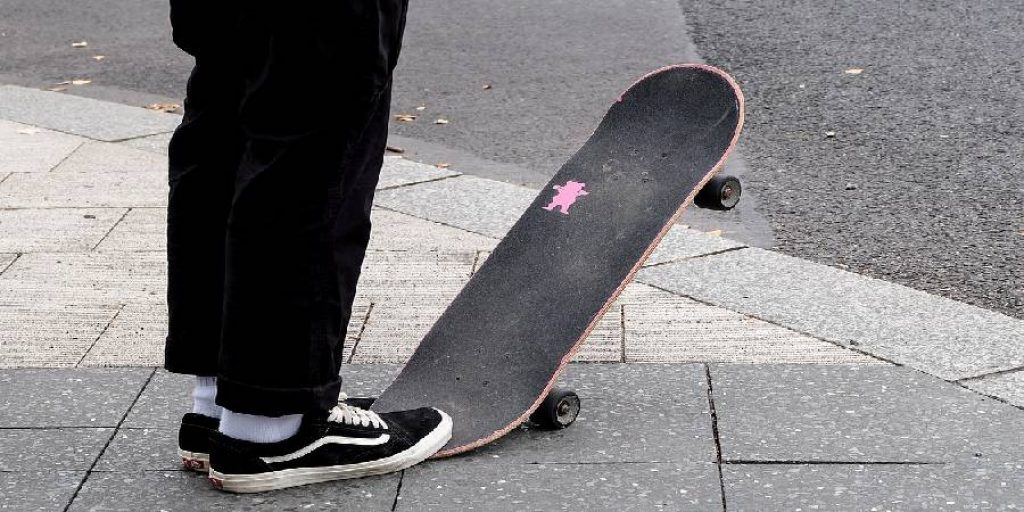
The pumping motion also helps the skater stay balanced and in control. Pump longboarding is often compared to surfing, as both require balance and a similar pumping motion to generate speed. However, pump longboarding can be performed on flat ground, making it a popular choice for skateparks and street skating.
Are you looking to pump your longboard? This guide will show you how to pump longboard the right way! By following these tips, you’ll be able to increase your speed and have more fun on your board. Let’s get started!
Can You Use a Longboard at a Pump Track?
The short answer is yes; you can use a longboard at a pump track. However, it’s not the best idea. Longboards are generally too long and unwieldy to be ridden at a pump track. If you’re insistent on using a longboard, make sure to go slow and be extra careful.
If you’re new to longboarding, it’s best to start with a shorter board that’s easier to control. Pump tracks are a great way to improve your bike handling skills. They’re also a lot of fun. But what if you don’t have a bike? Can you use a longboard at a pump track?
A Complete Guide – How to Pump Longboard
1. Find an Open Space to Practice
The first step to learning how to pump is finding an open space where you can practice. A driveway, parking lot, or even a large room inside your house will work once you’ve found a practice space, set up some cones or other markers to create a slalom course. This will help you practice your turns and feel the pumping motion.
2. Start With Your Feet shoulder-width Apart
Start with your feet shoulder-width apart, and your weight balanced evenly between them. Next, bend your knees and lower your center of gravity, so you’re in a comfortable stance. If you’re going to be pumping for a long time, it’s important to maintain this stance to avoid fatigue.
3. Bend Your Knees and Lean Forward
As you start to gain speed, you will need to lean forward and bend your knees. This helps you maintain control of the longboard and prevents you from going too fast. You should also keep your feet shoulder-width apart, with one foot slightly in front of the other. This will help you balance better and make it easier to turn.
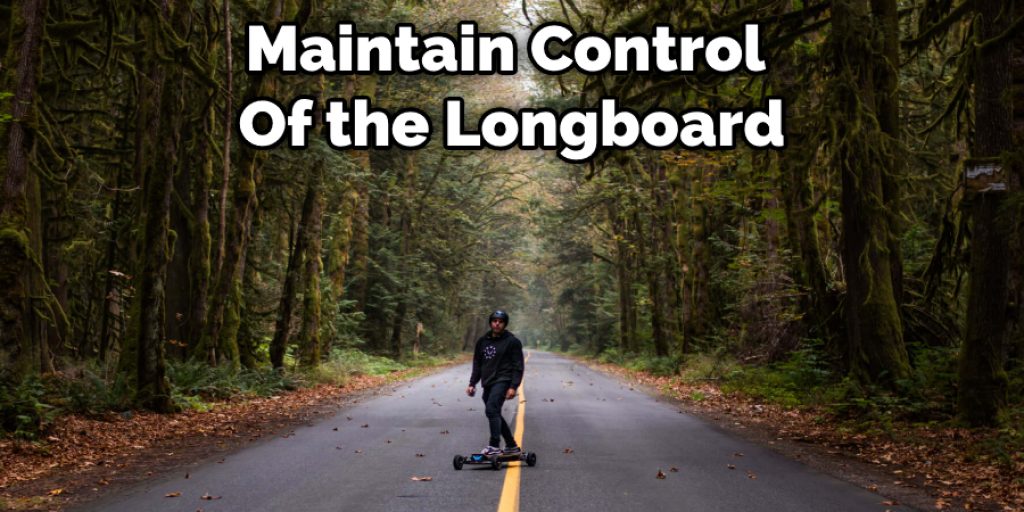
4. Put Your Weight on Your Back Foot
When you’re ready to start pumping, shift your weight onto your back foot. This will help you generate more speed and power as you push down on the board’s tail. You can also use your back foot to help you make turns while you’re pumping. If you’re going around a turn, lean into the turn with your back foot to help keep your balance.
5. Push Down With Your Back Foot
When you’re ready to start pumping, place your back foot on the board’s tail and push down. As you push down, transfer your weight forward. This will help you get more momentum and make it easier to keep pumping. As you push down, extend your leg and point your toe. This will give you more power and help you pump more efficiently.
6. Transfer Your Weight to Your Front Foot
When you’re ready to start pumping, you’ll need to shift your weight onto your front foot. This will help you get more power as you push off the ground. You can do this by gently leaning forward until you feel your weight transfer to your front foot. If you’re having trouble, try to focus on keeping your shoulders over your front foot.
7. Push Down With Your Front Foot
As you ride along, start to push down with your front foot. You want to keep your weight over the board and really press down hard with that front foot. This will help to increase your speed. Remember to keep your back footlight on the board or risk losing control.
8. As You Push Down, Jump Up Slightly
As you push down with your front foot, jump up slightly off the ground. You don’t need to get much air, just enough to take the weight off your back foot so you can transfer it to your front foot. This will help you build speed and keep your balance. Try pressing down with your front foot and lifting your back foot off the ground if you’re having trouble jumping.
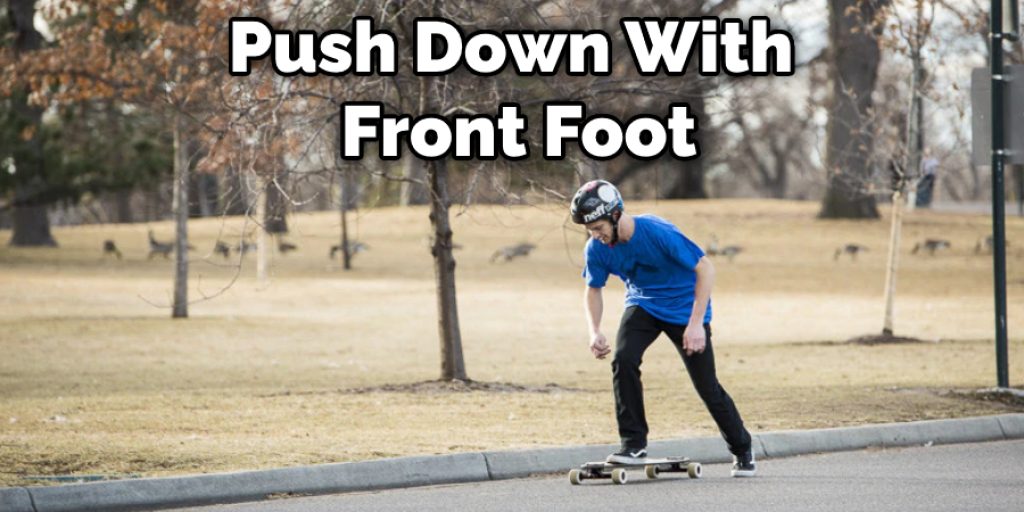
9. Land Softly on Your Board
You’re going to be doing a lot of stopping and starting when you’re pumping, so it’s important to learn how to land softly on your board. Every time you land, try to absorb the impact with your legs. This will help you avoid getting injured and will also make pumping much easier on your longboard. Try practicing on a grassy surface first if you’re having trouble landing softly.
10. Immediately Start the Next Pump
Once you get to the top of your pump, don’t hesitate – to start the next one right away. If you wait too long, you’ll lose all your momentum, and it’ll be harder to start pumping again. Try to keep a smooth, steady rhythm going as you pump.
11. Repeat the Steps Until You Reach Your Desired Speed
Pumping a longboard is not only about reaching your top speed but also about maintaining your speed and carving through turns. You will need to practice and master the basic pumping technique to do this. Once you have the basics down, you can start experimenting with different pump methods, such as using your weight and carving to create more speed.
You Can Check It Out to Carry a Longboard
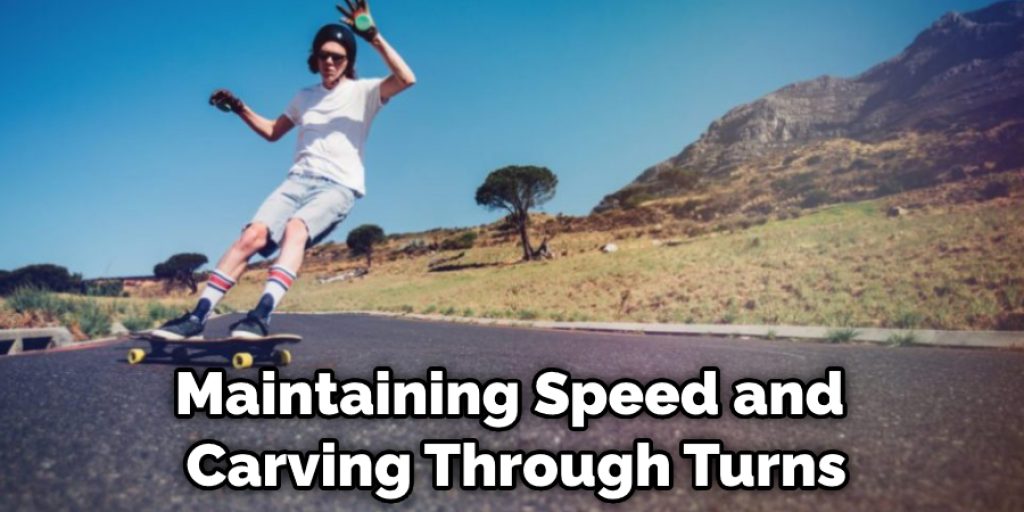
12. Practice Pumping in Both Directions
Pumping is one of the most important aspects of longboarding. It allows you to go faster without pushing and conserves your energy. When you’re first starting out, practice pumping in both directions. This will help you feel the movement and build up your muscles. To pump in both directions, start by riding in a straight line. When you’re ready, shift your weight to your back foot and push down.
As you push down, transfer your weight to your front foot. This will cause your board to dip down and then pop back up. As your board pops up, transfer your weight back to your rear foot and push down again. Repeat this motion until you’ve reached your desired speed.
13. Try Different Techniques to Find What Works Best for You
Every longboarder has their own unique style and technique for pumping. It may take some trial and error to find what works best for you, but once you find your groove, you’ll be flying down the street in no time. Here are some different techniques you can try:
The Classic Technique:
This is the most basic way to pump a longboard. Start by pushing down on one end of the board and then quickly transferring your weight to the other end. Repeat this motion in a fluid, continuous motion.
The Side-to-side Technique:
This technique is similar to the classic technique, but instead of pushing down on the center of the board, you push down on one side and then the other. This allows you to generate more speed and keep your balance more easily.
The Crossover Technique:
This is a more advanced technique that takes some practice to master. Start by pushing down on one end of the board and then quickly transferring your weight to the other end. As you transfer your weight, lift your front foot and place it in the center of the board. Then, push down with your back foot and transfer your weight back to the other side. Repeat this motion in a fluid, continuous motion.
With any of these techniques, it’s important to keep your weight balanced and centered over the board. Pushing too hard on one side or the other can cause you to lose your balance and fall.
14. Have Fun and Be Creative With Your Pumping
There’s no right or wrong way to pump a longboard. As long as you’re having fun and not hurting yourself or anyone else, you can pump however you want. Be creative and experiment with different techniques. You might even develop a new way to pump that no one has thought of before. Who knows, you could even become a pumping legend.
15. Remember to Stay Safe While Skating.
No matter how experienced you are, there is always a risk of injury when skating. So be sure to wear protective gear, such as a helmet, knee pads, and elbow pads. And always skate in a safe area away from traffic.
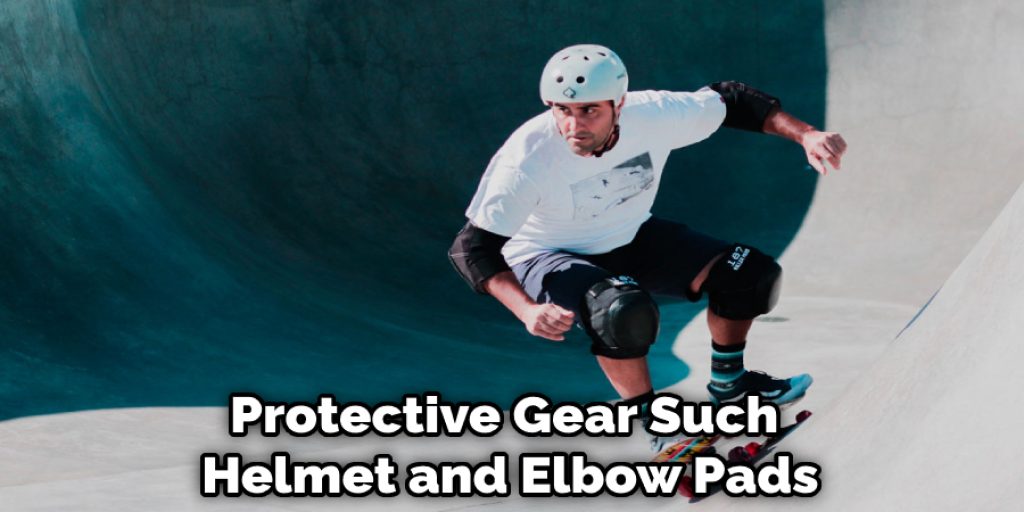
Conclusion
So there you have it. Now that you know how to pump longboard, go out and practice! With a little bit of practice, you’ll be pumping like a pro. Just make sure always to wear safety gear and stay aware of your surroundings. Happy riding.
You Can Check it Out to Get Plastic Off Skateboard Wheel




